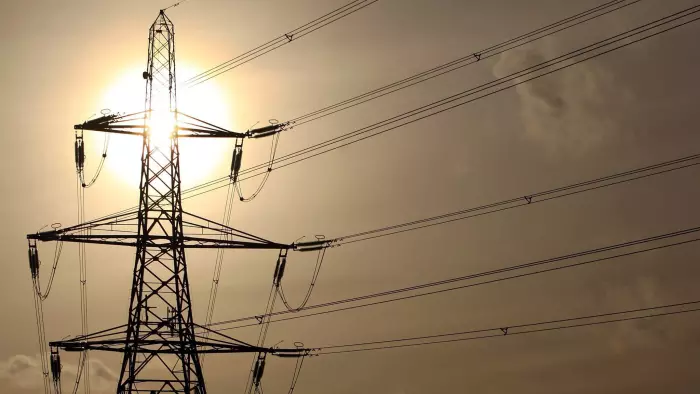TVA board looks to move away from coal
By Knoxville News Sentinel
Substation Relay Protection Training
Our customized live online or in‑person group training can be delivered to your staff at your location.

- Live Online
- 12 hours Instructor-led
- Group Training Available
If TVA's Integrated Resource Plan gets a stamp of approval from the TVA Board of Directors, it will mark the official beginning of a new direction for the agency.
The plan, which has been in the works for about two years, would move the Tennessee Valley Authority away from reliance on coal-produced power and toward greater use of nuclear, natural gas, renewable fuels, energy efficiency and other measures to meet power demand. TVA has already taken steps in that direction. In August it announced the idling of nine coal-fired units, representing about 1,000 megawatts of power capacity. TVA also has contracts to buy power from wind, solar and biomass sources.
"The important thing is that we have tried to do our best to give ourselves a diverse mix of choices," said Gary Brinkworth, TVA senior manager who headed up the plan effort.
It is meant to give TVA the flexibility to choose the best mix of resources to meet whatever demand levels and economic conditions it is likely to encounter over the next 20 years, he said.
"The board is being asked to endorse a planning direction — not a practical solution but a broad pathway for our resource plan," he said. "We use the analogy of a six-lane highway. The IRP gives us the boundaries of a six-lane highway without telling us what lane we have to drive in."
Not everyone who had a hand in crafting the plan agrees on which lanes are best to use or how fast TVA should drive. Aside from public meetings, TVA drew input for the plan from its Stakeholder Review Group, with representatives of 15 agencies and interest groups across its service area. Some members felt that the plan could move more aggressively toward use of renewable energy sources and energy efficiency and demand response measures, especially in the later years of the plan.
Both Louise Gorenflo, with the Crossville chapter of the Sierra Club, and Stephen Smith, executive director of the Southern Alliance for Clean Energy, say that the plan tapers off on its reliance on those two energy sources after about 2020.
Not factoring in additional energy efficiency savings after 2020 widens the gap between demand and TVA's capacity to meet it, which will mean more pressure for TVA to rely on expensive options like nuclear power, she said. Her group has asked TVA to delay a decision on proceeding with construction of the Bellefonte Unit 1 reactor in Hollywood, Alabama. TVA announced that because of the nuclear crisis in Japan, it would delay consideration of the project, which had been on the agenda.
If TVA would commit to reducing power needs by 1 percent a year as some other utilities have done, instead of 0.7 percent as TVA proposes, it would eliminate the capacity gap after 2020 and make much construction spending unnecessary, Gorenflo said.
Smith agreed that TVA could plan to make more aggressive use of energy efficiency measures in later years, but said he generally thinks TVA is on track in its energy efficiency plans. The Integrated Resource Plan calls for reducing energy demand by 11,400 to 14,400 gigawatt hours by 2020.
Where TVA could really be more aggressive is in relying on renewable energy, Smith said. The Integrated Resource Plan calls for adding 1,500 to 2,500 megawatts of capacity through renewables by 2020, compared to adding 900 to 9,300 megawatts through natural gas and 1,150 to 5,900 megawatts through nuclear power by 2020.
The plan does not consider that costs of renewable energy sources are decreasing and efficiencies are increasing.
"The renewable price points are coming down, and the cost of TVA power is going up. At some point they will meet," Smith said.
Brinkworth said planners did not plan as aggressively for the years after 2020 because conditions then are less certain and because TVA intends to update the plan every five years, which gives plenty of opportunity to adjust it if necessary.
"Our issue is we are uncertain about what conditions will be in those far-out years, and we would rather focus our planning on the first 10 years," he said.
TVA could still change its power resource emphasis if that appeared necessary, he said.
Smith said, overall, that SACE is very happy with the Integrated Resource Plan, especially its call to idle from 2,400 to 4,700 megawatts of coal capacity.
"And to think that TVA plans to do one of these plan updates every five years is huge," he said.











